I am from Regina and I am a senior student at the University of Regina enrolled in the Post-Baccalaureate in Visual Arts Certificate program. This is a post Bachelor of Fine Arts program of ten higher level Art and Art History classes. For the senior class I am enrolled in I am doing some work with cyanotype along with other photography related art.
This semester I did a more cyanotype work before changing over to a regular photography printing.
I was intrigued with the marine specimens lent to the class.
For this new display, I used a photograph of the whole Glass Sponge Skeletons - Venus' Flower Basket’s (Euplectella aspergillum). This was printed on Canson XL Watercolor paper.
Basket Star 4 - I was also intrigued with the basket star and photographed both sides and combined them into one negative to create this image for printing with cyanotype on photo printing paper. The top and bottom were originally photographed on different backgrounds and the bottom one was adjusted to give it an even lighter background. I added borders because I like adding lines and borders in some of my artwork. The top image might be considered over exposed, however I like the felling of being under water that it gives me, so I have used artistic licence using it this way. Printed on photo print paper.
Basket Star 4 (poster edge) - I then edited a copy of the negative’s file by adding the poster edge filter and got this variation which brings out the texture of the star. It reminds me of illustrations in old biology books.
Multiple Sea Stars (poster edge) is a collection of the different types of sea stars lent to us. These loans were a learning experience for me. I did not know there was such variety of shapes in various species. They lead me to start to explore more information about them. I used the poster edge filter on the image and printed it on Canson XL Watercolor paper.
The digital negative for the Marine Life still life, was not inverted. Usually, the image file for cyanotypes is inverted to create the negative for printing. I like the glow I got from not doing the inversion. It reminds me of underwater films with the lights shinning on the creatures. The glow you can get on some cyanotypes, especially when printed on photo print paper was one of the goals I had for this semester.

The Idle image was used for experimenting and testing finishes and a mounting technique that does not use framing with glass. Last semester I created a series of 17 cyanotype images that I would like to submit to show in a gallery. However, the cost of framing them is prohibitive. Mounting on cradle boards is a method many artists are using to present their pieces. Watercolor artists and others use special waxes and UV spray varnishes to protect the surface so glass is not needed. I researched materials that would be compatible with cyanotypes. Cyanotypes brown or yellow when in contact with alkaline materials. Many archival art materials are in the alkaline PH range to make them acid free.
One of my mounted tests is in the show.
While working with this image I have decided to start a new cyanotype series of work on vacant houses that are not available to house people who need them. This will complement the eleven image photographic series St John and College which is also about issues related to the housing crisis.









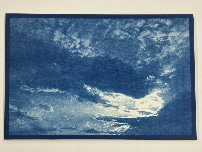


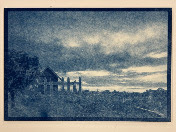


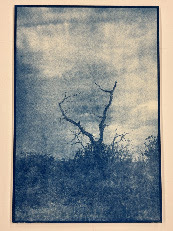

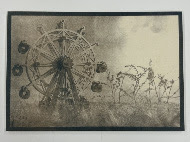
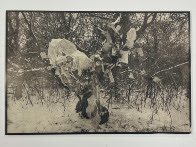













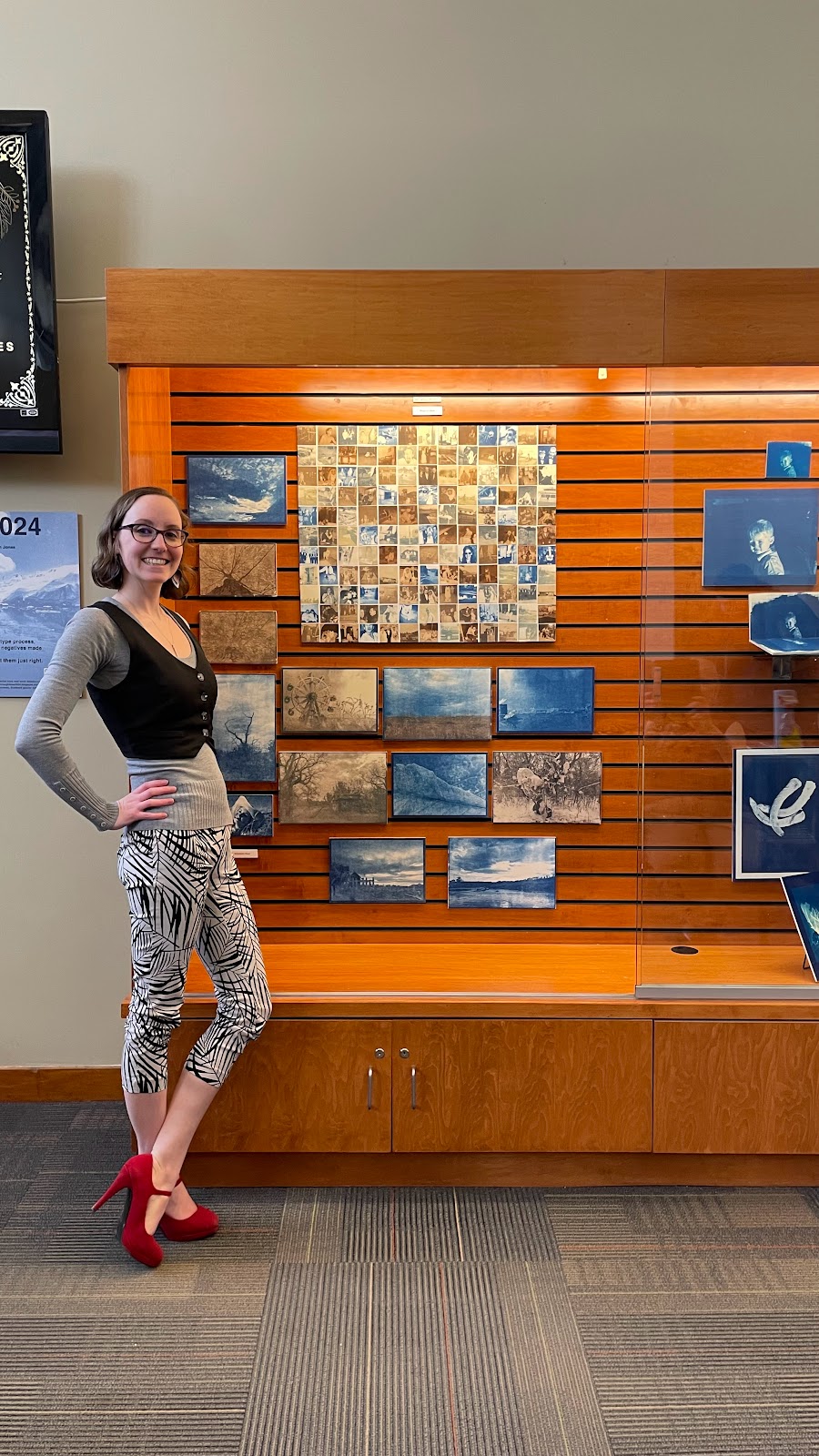



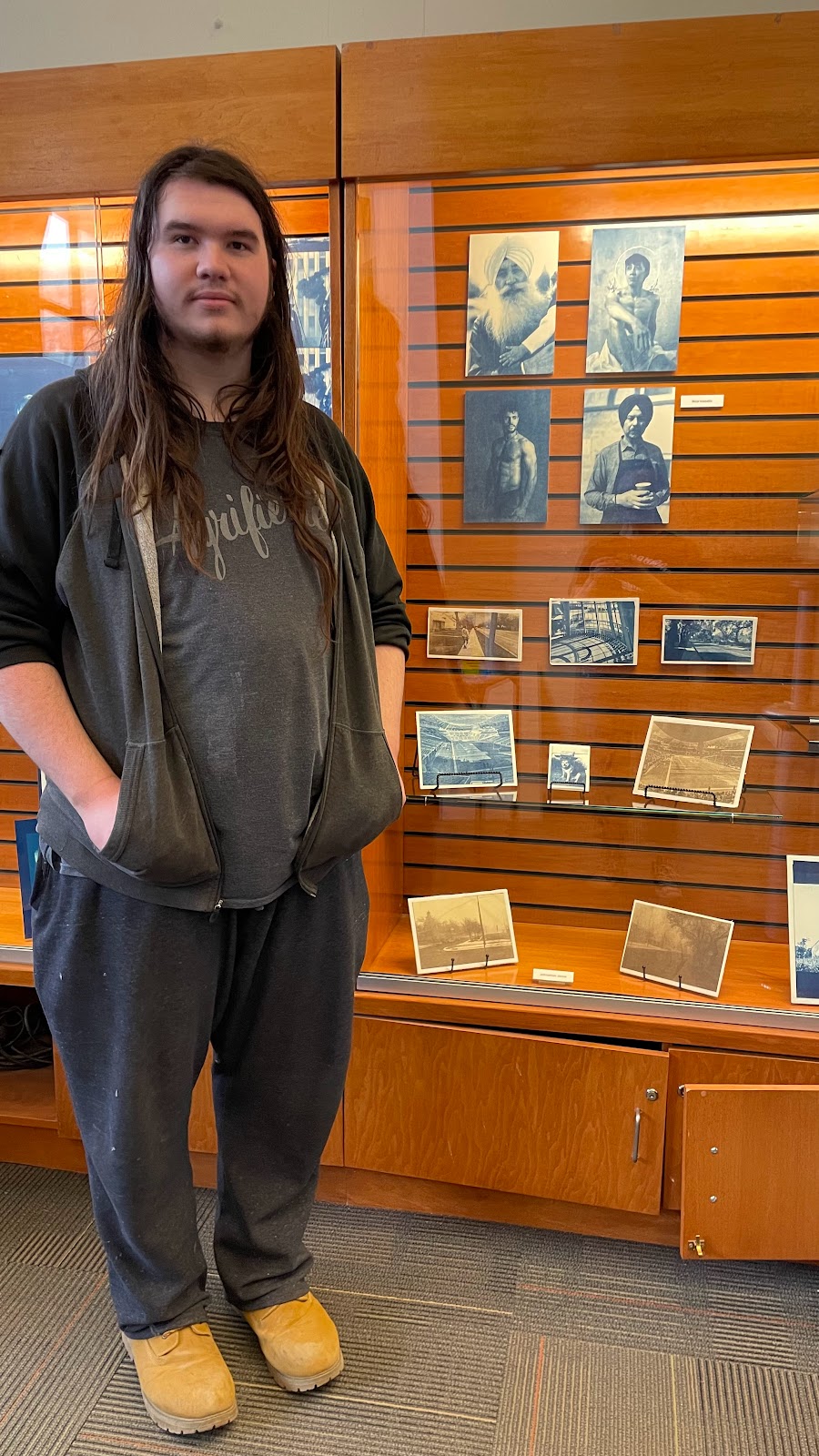
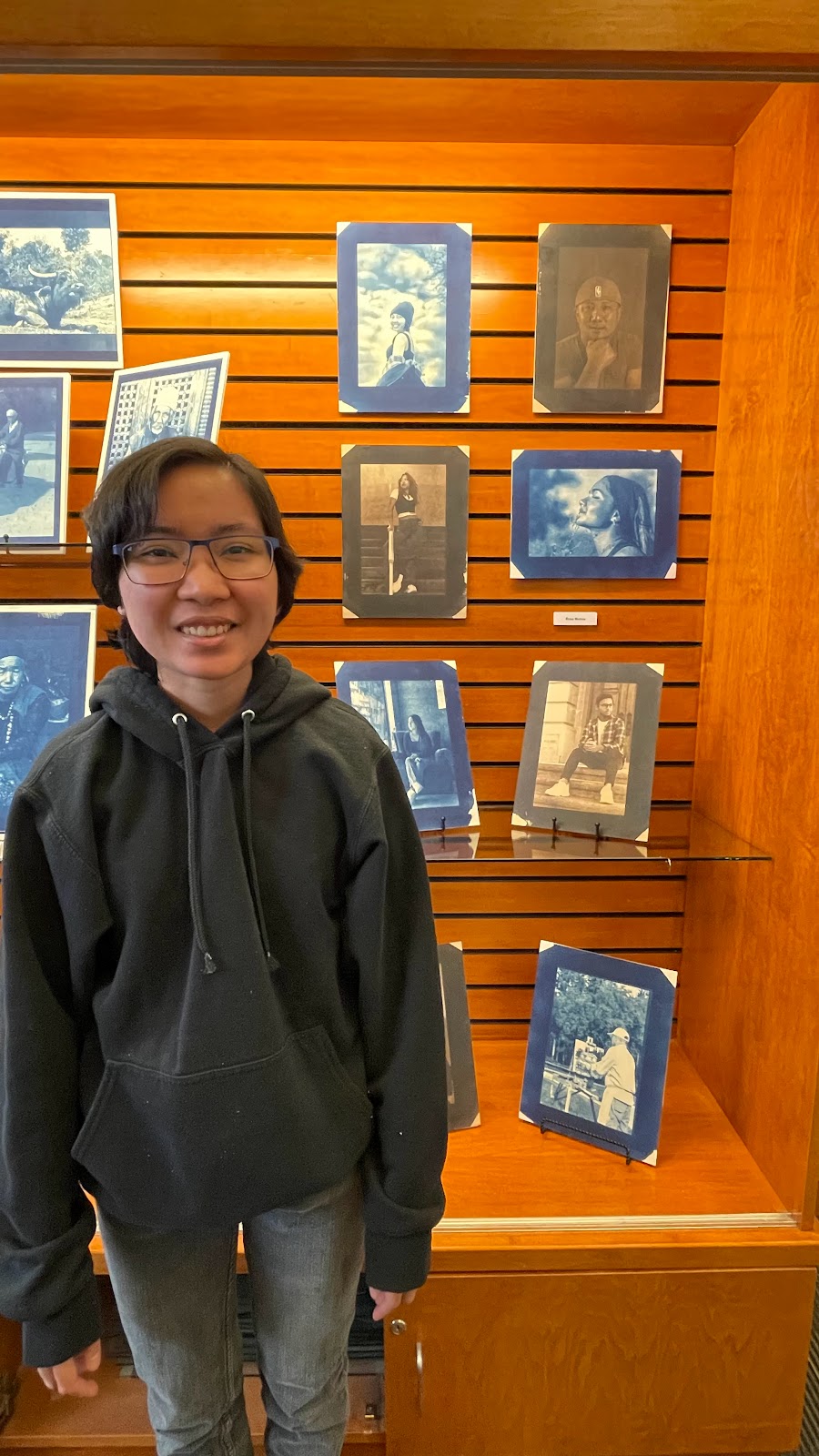



 +
+













.HEIC)

.HEIC)
